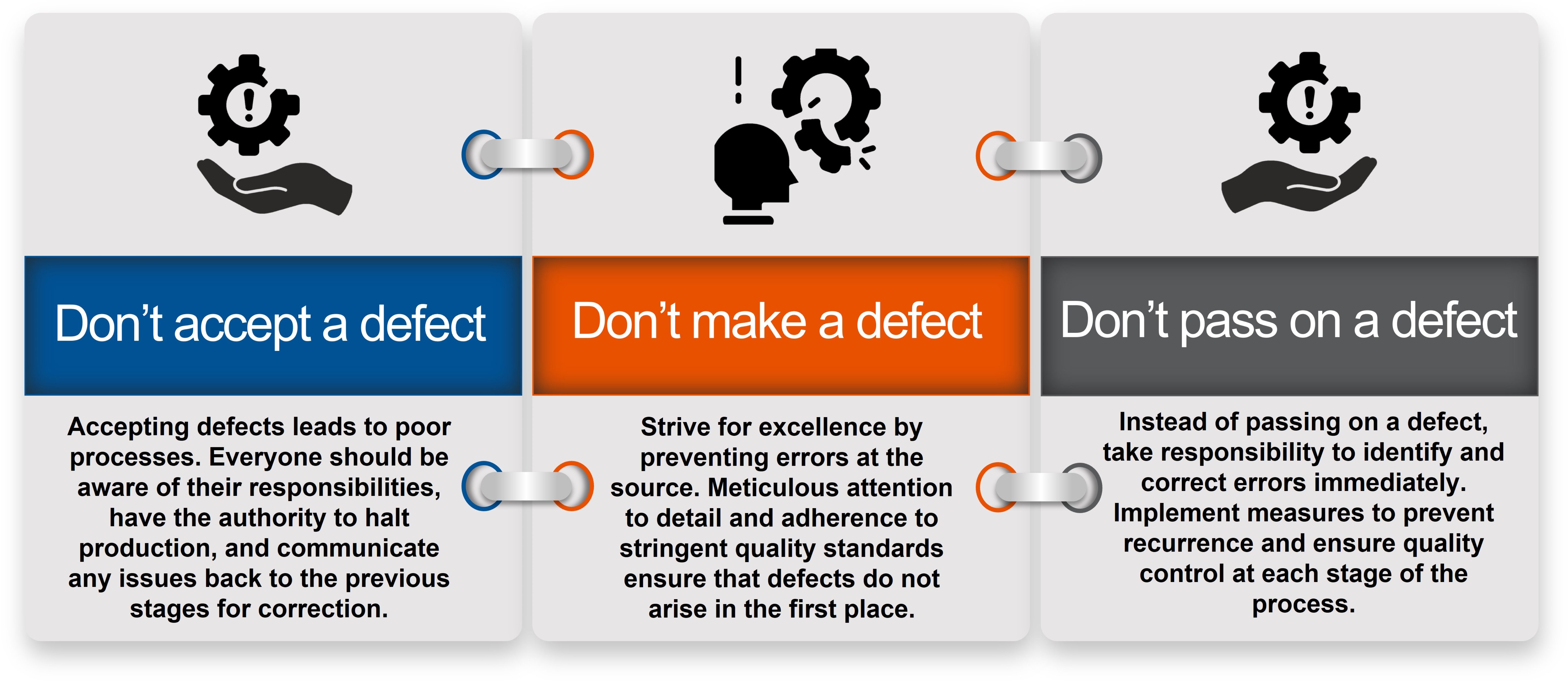In the complex world of manufacturing, where the smallest mistake can lead to significant quality and financial repercussions, mistake-proofing is essential. It involves a combination of strategies, tools, and training methodologies designed to make processes foolproof. The following six points illustrate various aspects of mistake-proofing, demonstrating how each plays a vital role in creating a robust, efficient, and error-minimized manufacturing environment.
- Training for Error Prevention. Training is crucial for avoiding manufacturing errors. Ensuring staff fully understand their tasks and the importance of quality minimizes mistakes. For example, specific training for new electronics assembly lines can decrease error rates.
- Simplifying Operations. Easier tasks lead to fewer mistakes. Redesigning complex processes and using custom tools, like jigs, can enhance efficiency and accuracy.
- Quality-Focused Incentives. Compensation should encourage quality, not just quantity. A bonus structure rewarding low defect rates can improve product quality.
- Error-Prevention Tools. Devices that prevent or detect errors enhance quality assurance. For instance, designs that ensure correct component placement and automated checks can prevent common issues.
- Equipment Maintenance. Reliable equipment is vital for error-free manufacturing. Regular maintenance checks prevent malfunctions and defects.
- Leadership Training. Skilled leaders are essential for spotting and solving problems early. Training them in methodologies like the PDCA cycle promotes a culture of continuous improvement.
In summary, mistake-proofing in manufacturing is a multifaceted approach that combines technical solutions with human-focused strategies. By addressing these six key areas, manufacturers can significantly reduce errors and enhance the overall quality and efficiency of their production processes.

